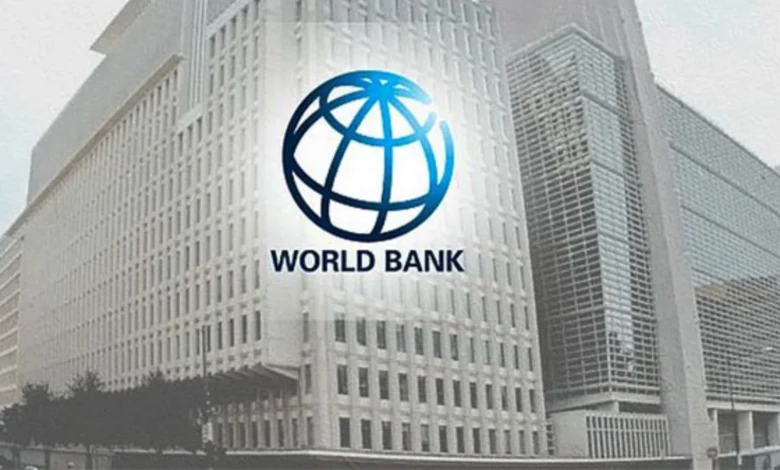World Bank Lowers India’s FY26 Growth Forecast to 6.3% Amid Global Economic Challenges

| Get instant news updates: Click here to join our Whatsapp Group |
The World Bank has recently updated its growth forecast for India, lowering it from 6.7% to 6.3% for the fiscal year 2025-26. This downward revision comes amid global economic challenges and uncertainty surrounding government policies.
Reasons Behind the Revised Growth Forecast
The World Bank explained that India’s growth in FY24/25 was weaker than expected due to slower private investment and public capital expenditure falling short of government targets. As a result, the Indian economy’s growth is expected to slow further, from 6.5% in FY24/25 to 6.3% in FY25/26.
A major factor contributing to this slowdown is the global economic weakness. Additionally, the benefits India might have gained from lower interest rates and regulatory improvements are likely to be offset by the uncertainty surrounding global trade and policies.
IMF Also Lowers India’s Growth Estimate
In addition to the World Bank, the International Monetary Fund (IMF) has also revised its India growth forecast for FY25/26. The IMF lowered its prediction from 6.5% to 6.2% due to similar global economic pressures.
Outlook for Private Consumption and Investment
While private consumption is expected to receive a boost from recent tax cuts, the World Bank reports that India’s export demand could be limited. Shifting trade policies and a slowdown in global growth are expected to hinder India’s exports. On the positive side, government investment should get a lift from better public investment plans.
South Asia’s Economic Outlook
The World Bank’s regional outlook for South Asia also paints a challenging picture. Most countries in the region are seeing their growth prospects downgraded due to global economic uncertainties. South Asia’s overall growth is expected to slow to 5.8% in 2025, lower than previous projections. However, growth is expected to rise to 6.1% in 2026.
To cope with future challenges, the World Bank suggests that countries in the region need to boost their domestic revenue generation efforts. This could strengthen their fiscal positions and improve resilience against economic shocks.
Taxation and Revenue Challenges
One of the issues facing South Asian countries is that, despite tax rates being higher than in many developing economies, their tax revenues are significantly lower. On average, government revenues in South Asia during 2019-23 were 18% of GDP, much lower than the 24% of GDP seen in other developing regions. Revenue shortfalls are particularly noticeable in consumption taxes and also in corporate and personal income taxes.
Impact on Other South Asian Countries
The World Bank also updated its projections for other South Asian countries:
- Bangladesh: Growth is expected to slow to 3.3% in FY24/25, mainly due to political instability and ongoing financial challenges. The growth rebound in FY25/26 has been downgraded to 4.9%.
- Pakistan: The economy continues to recover from various challenges, including natural disasters and inflation. The growth rate for Pakistan is projected at 2.7% in FY24/25 and 3.1% in FY25/26.
- Sri Lanka: After making progress with debt restructuring, Sri Lanka’s growth is expected to rise to 3.5% in 2025, driven by increased investment and external demand. However, growth is expected to return to 3.1% in 2026.
Conclusion
Overall, the World Bank’s revised growth forecasts for India and the broader South Asian region highlight the ongoing economic challenges posed by global uncertainty. While some improvements are expected, especially in government investment and consumption, much depends on how India and its neighbors navigate the uncertain global landscape and strengthen their fiscal health moving forward.
